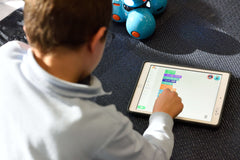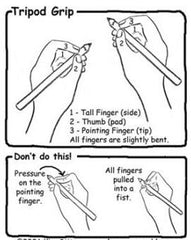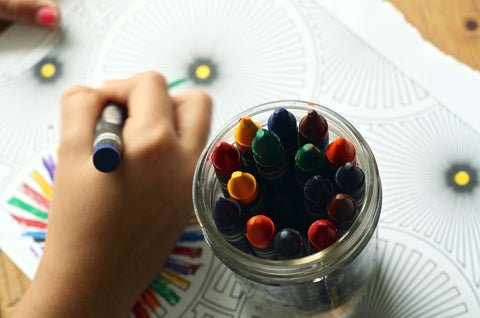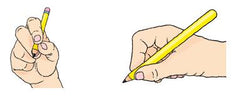Is Handwriting Important in the Digital Age?

Is Handwriting Important in the Digital Age?
Is handwriting important in an age where most kids know how to open an ipad and select their favourite game to play before they can hold a pencil? The answer is YES! Read more to find our free handwriting tips and downloads...

Handwriting is more important than one might think. There are many skills that are involved in handwriting such as hand-eye coordination, muscle memory, posture and pencil grip. Studies show that handwriting skills are directly linked to basic reading and spelling achievement in primary school. It’s a HUGE part of the way our kids learn (taking notes, homework, copying from the board) and are tested in schools.
The Team at Labels4School have created FREE handwriting practice sheets for you to download for free! Click here to take you to Kids Activities to download them. You can even reprint them and practice over and over. Perfect for kids in primary school.
The benefits of good handwriting skills are:
- Improve ability to express themselves in written form
- Increases activity in the brain
- Improved reading and spelling skills
- Development of fine motor skills
- Able to remember information faster
- Higher test scores
- Easily learn letters and shapes

Correct Pencil Grip
The correct grip is thumb and index finger pinching the pencil, resting the pencil on your middle finger known as the tripod grip. This is the better grip as it allows the most movement of the fingers and the least muscle work, which results in better control over the writing tool. Practice makes perfect when developing fine motor skills! Children develop this grasp anywhere between 4 ½ -7 years old- it takes time so don’t force anything.

Tips for Parents
Holding a pencil is not as easy as showing your child the correct way- often children find this ‘pincer’ grasp quite challenging at first. Their fine motor skills need development and practice first. The most effective way to develop the ‘pincer’ grip is to do lots of activities with the pointing finger and thumb. Picking up coins and putting them into a money box or using a peg to pick items up will develop the muscles needed in the pointer and thumb fingers to hold the pencil.

Here are some ideas for handwriting activities.
- Scribble time – lots and lots of scribble time
- Try thick crayons and paintbrushes and pencils to start with
- Scribbling/writing vertically (on an easel)
- Colour in the lines – trace the outline with glitter glue
- Tracing over shapes/letters in the sand
- Develop their core muscles (Good posture is important in handwriting)
- Develop hand-eye coordination (Solve mazes with your finger)
- Draw shapes, do dot-to-dots, draw stick figure men
- Finger painting

We hope you found this blog info helpful! Keep practicing and remember every child is unique and development happens with time. Handwriting is a fantastic skill for parents to reinforce at home, especially with our kids having stayed at home during lockdown. These activities are perfect for little ones anywhere from 4- 9 years old. The more developed the handwriting muscles, posture, pencil grip and hand-eye coordination, the more accurate and quicker your child will be!








